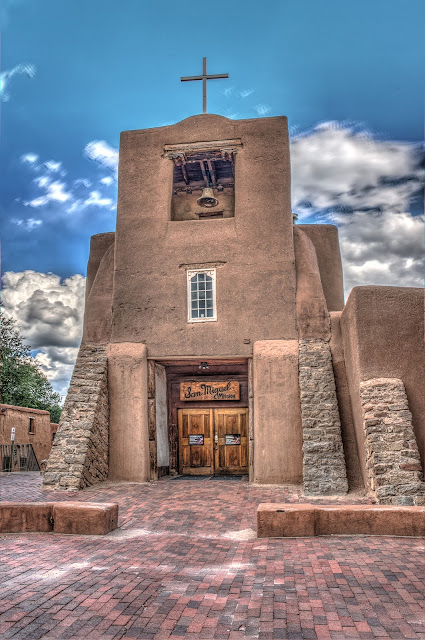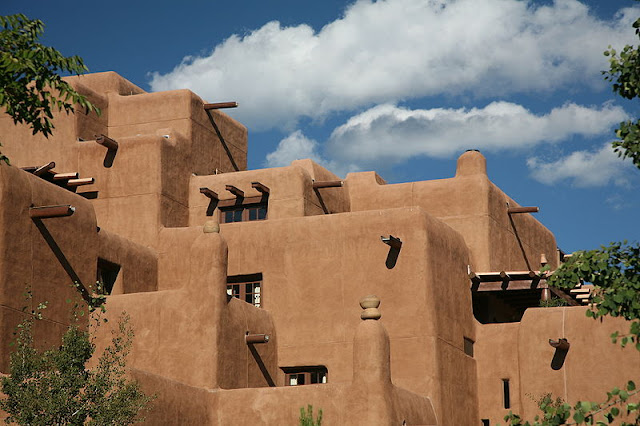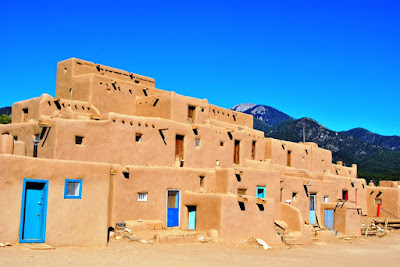Day 12 (D-49) Spanish Missions in New Mexico / Willa Cather

Day 12 5D-49) Something we won't have time to visit: Spanish Missions. A Christian mission is an organized effort to spread Christianity to new converts. The Spanish Missions were established by Franciscan friars, missionaries, under charter of the Spanish Empire and the government of the Viceroyalty of New Spain with the intention of converting the Native Americans (Indians) to Christianity. Those concerned were many of the 21 distinct Puebloan groups: the Tiwa, the Navajo and the Apache. We won't have time to visit one, so I give you here a photo of the San Miguel Mission in Santa Fe. San Miguel Church is sometimes referred to as the oldest church in the USA and is located on Old Santa Fe Trail. The original church, which had been built of adobe around 1610, was burned during the Pueblo Revolt of 1680. The current adobe structure was built in 1710. There have been many renovations through the years. (A thought for the Cathedral Notre Dame de Paris, April 1




